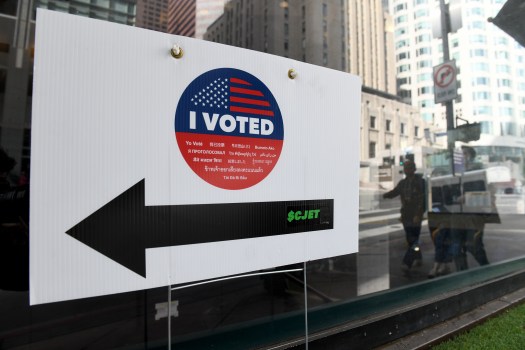UPDATE: President Donald Trump has just unveiled a controversial proposal to extend home mortgage terms to 50 years, aiming to address the escalating home affordability crisis in America. This announcement, made on October 21, 2023, raises questions about its feasibility and potential impact on voters.
The urgency of this situation cannot be overstated. With the median age of first-time homebuyers now at an alarming 40 years, many Americans are feeling the weight of a housing market that remains largely out of reach. This stark reality was highlighted by the National Association of Realtors, which reports that the dream of homeownership is slipping away for younger generations.
Trump’s proposal comes in the wake of a disappointing election for Republicans, where voters increasingly favored Democrats amid concerns over housing costs. A staggering two-to-one voting preference for Democrats among renters has politicians scrambling to address the housing crisis. As the economy wobbles, home affordability has emerged as a critical issue that could influence the upcoming midterm elections.
According to economist Aziz Sunderji, the shift in voting patterns over the past two decades reflects a growing divide. Homeowners, who are more likely to identify as “strongly Republican,” are witnessing increasing numbers of renters, who often lean Democratic, struggling to find affordable housing. The crisis is felt acutely in cities like New York, where even those earning over $120,000 find it nearly impossible to transition from renting to owning.
Trump’s proposal is deemed largely symbolic, especially since the 50-year mortgage is restricted by existing financial regulations, including Dodd-Frank. However, he argues that lowering mortgage rates could provide immediate relief for first-time buyers, particularly as many current homeowners are hesitant to sell due to low-interest rates on their existing loans. This bottleneck keeps desperately needed inventory off the market.
In recent months, Jerome Powell, the Federal Reserve chairman, has already lowered interest rates twice, in September and October, with predictions of another cut in December. These moves are crucial as they could encourage both buyers and builders to re-enter the market. However, builder confidence remains low, standing at only 37 out of 100 as of the end of October, as reported by the National Association of Home Builders.
The political ramifications of this crisis are profound. With Democrats pushing for increased affordable housing initiatives, including rental units for low-income families, Republicans are alarmed by the potential implications for suburban areas. In Connecticut, for instance, legislation mandating affordable rental housing construction is stirring controversy, as critics argue it will raise property taxes and hinder first-time buyers.
As the 2024 midterm elections approach, both parties are acutely aware of the stakes involved. With discontent over homeownership at an all-time high, politicians are on high alert. The looming question remains: will Trump’s mortgage proposal resonate with voters seeking solutions, or will it be viewed as merely a political gambit?
As developments unfold, the urgency for concrete solutions to the home affordability crisis intensifies. The American dream of homeownership hangs in the balance, and both parties must respond swiftly to the needs of a frustrated electorate. Keep an eye on this developing story as it promises to shape the political landscape in the months to come.





